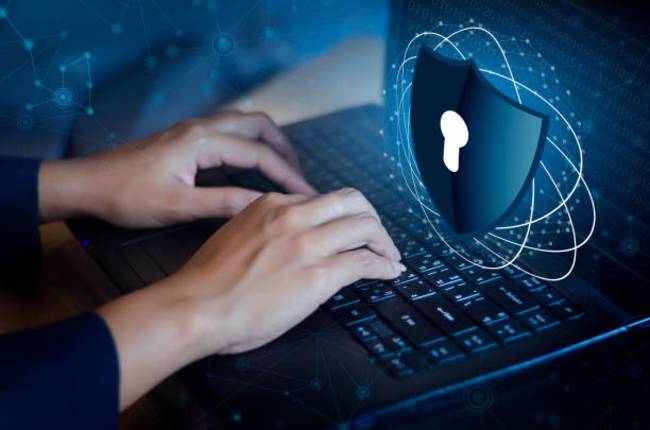
The internet provides creative minds with an easy opportunity to make money online. However, it’s also a dangerous place where dodgy individuals and vendors will try to take advantage. Fraud is very real and it hits SMEs where it hurts. Without much startup capital, the business can’t afford to lose money to people who do not intend to stump up the cash.
The anonymity of the World Wide Web makes it a perfect place to hide for thieves. Thankfully, technology is catching up to the point where it can spot warning signs and make you aware. Below is a selection of the methods to keep in mind.
Credit Card Matching
AVS matches the information the customer provides with the file already on record with the credit card company. That way, it’s obvious when something fishy is going on. For example, a fraudster might supply a relevant street address yet the zip code might be wrong. In that case, the address verification service will spot it and take the appropriate action. Filters sift through the matches and ensure you’re up to date. If they do bring something to your attention, you get to decide whether to accept or decline the transaction.
I.D. Verification
One of the worst things about the internet is that anyone can input details into a box. There’s no way to tell of the person at the computer is the individual they are purporting to be, which is a gamble. Netverify offers a plethora of benefits for your business the main one being that you know the identity of your customers. Thanks to the various checks, fraudsters won’t slip through the net. Unlike AVS, they use an ID proofing, validity and liveness check as well as a database one. Thorough searches reduce the likelihood of being stung by an anonymous thief.
CVV Number
A fraudster might catch the info on the front of the card, but it’s hard to flip it over and scan the back. This is something SMEs can use to their advantage by collaborating with the likes of Visa, MasterCard, and American Express. Typing in the CVV number or the three digits on the back of the card is another form of security. It means customers need to have the card in front of them or memorized something thieves tend not to do. Another option is to ask for the start and end dates too.
PayPal
As always, there is the option of PayPal. PP is secure because it doesn’t require customers to type in their details every time. Once an account is set up, they need to enter their username and password to sanction a purchase. Considering that the platform is encrypted, it’s almost unhackable. To this day, there are nearly zero instances of fraud occurring through PayPal. If you don’t feel the payment stage is secure, you can only accept this as a form of payment. Although it’s annoying for shoppers, they’d rather that than lose money.
Whether you think you’re fine or not, keep this advice to hand. If you change up, it will act as a tool to rebuild your systems.


